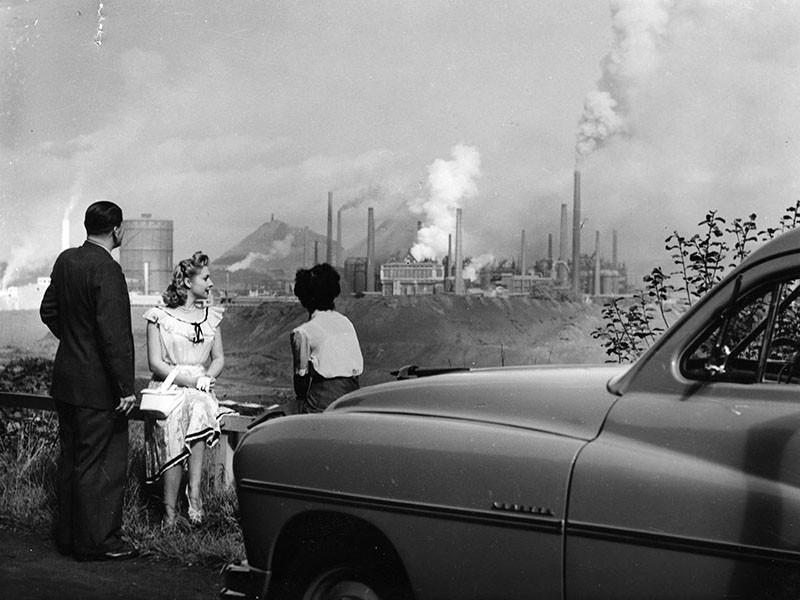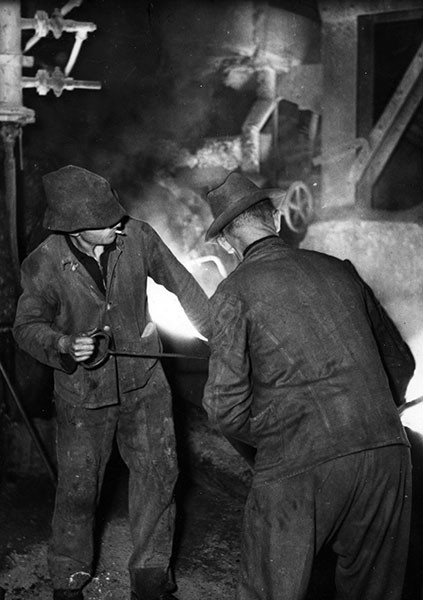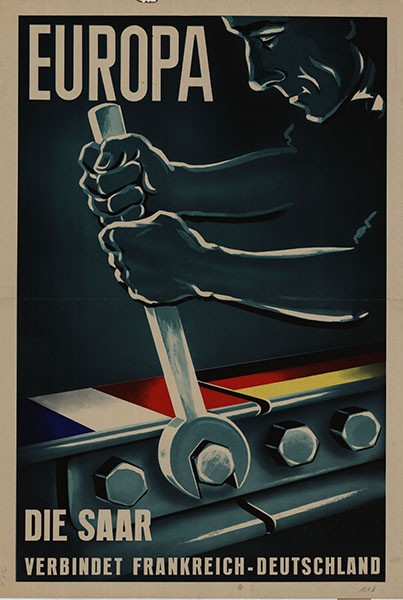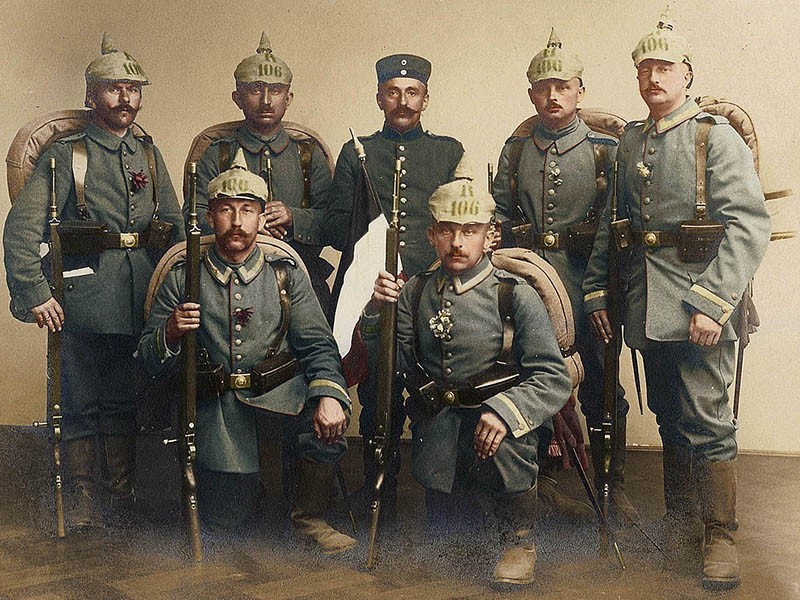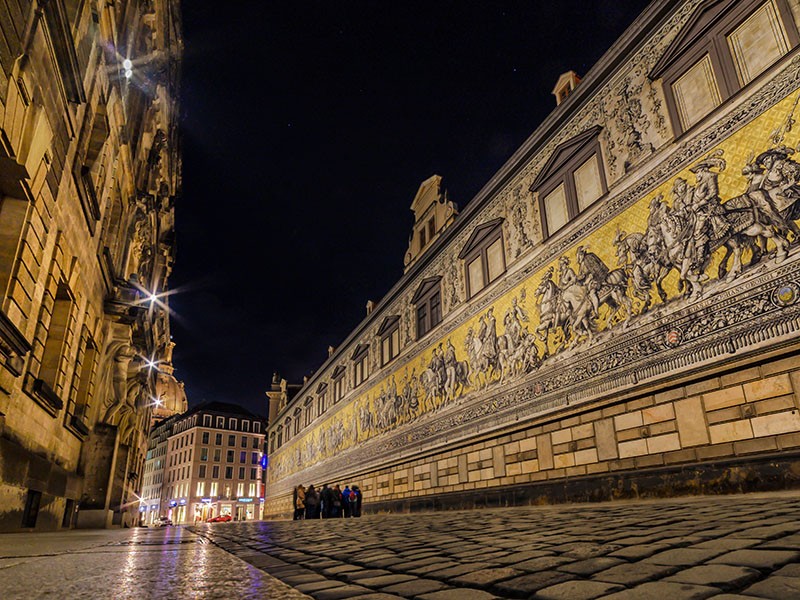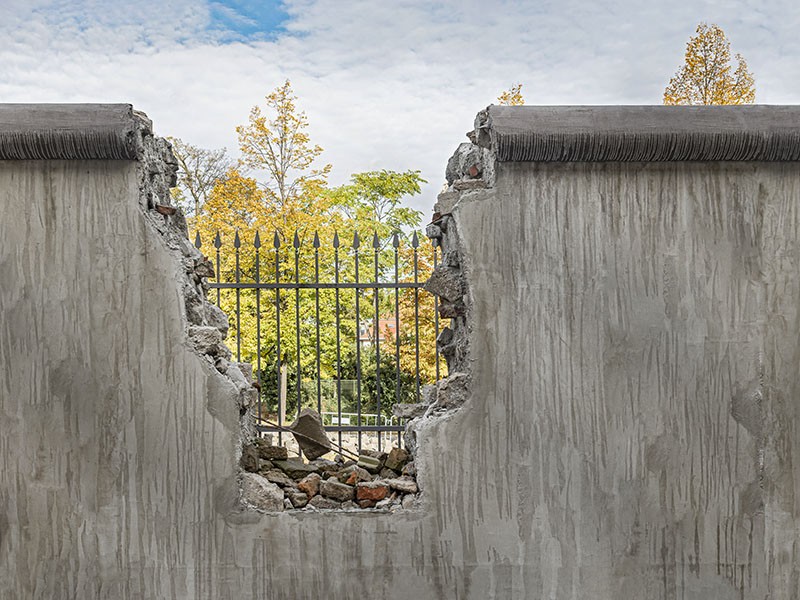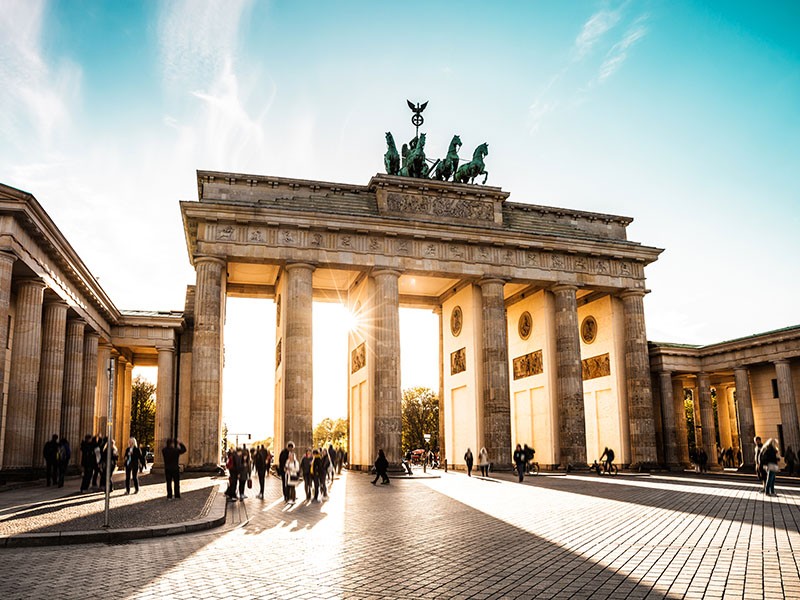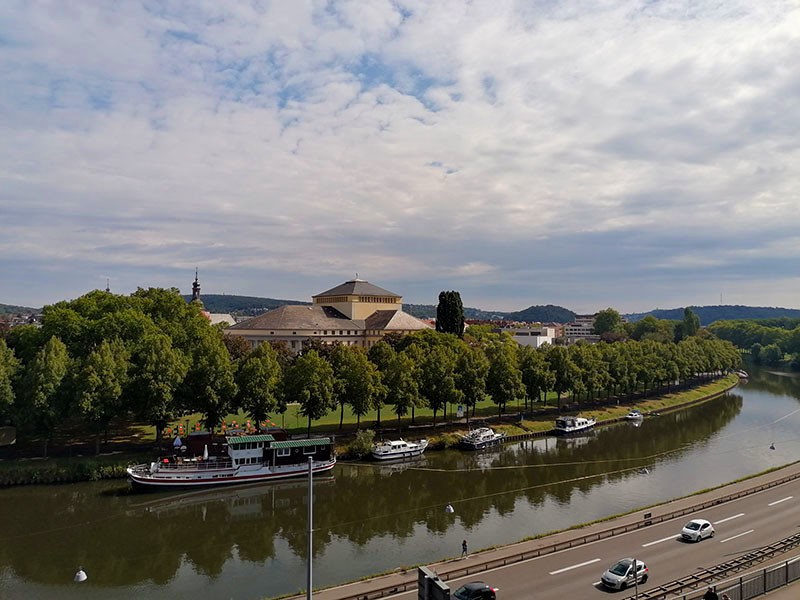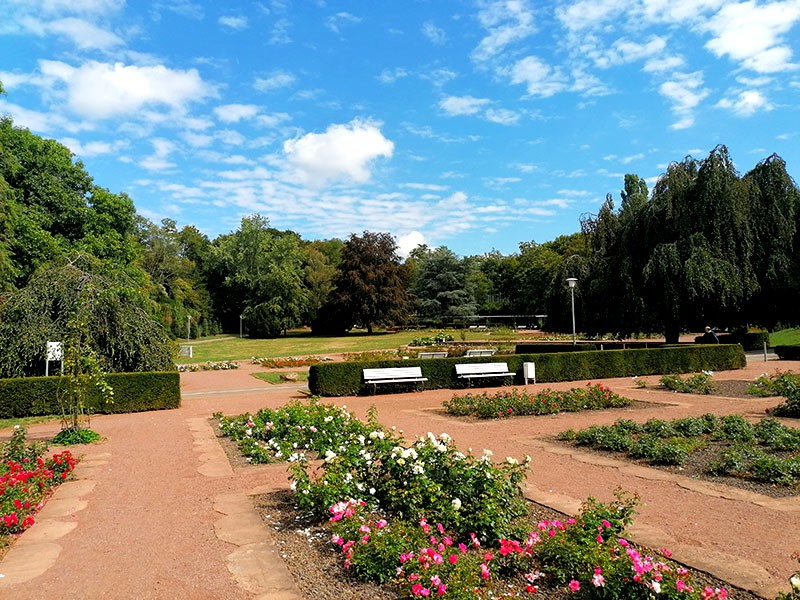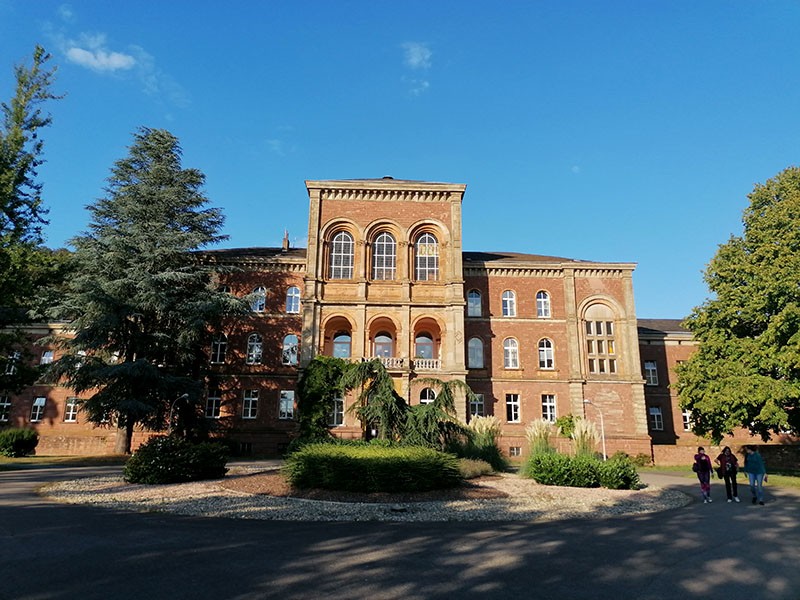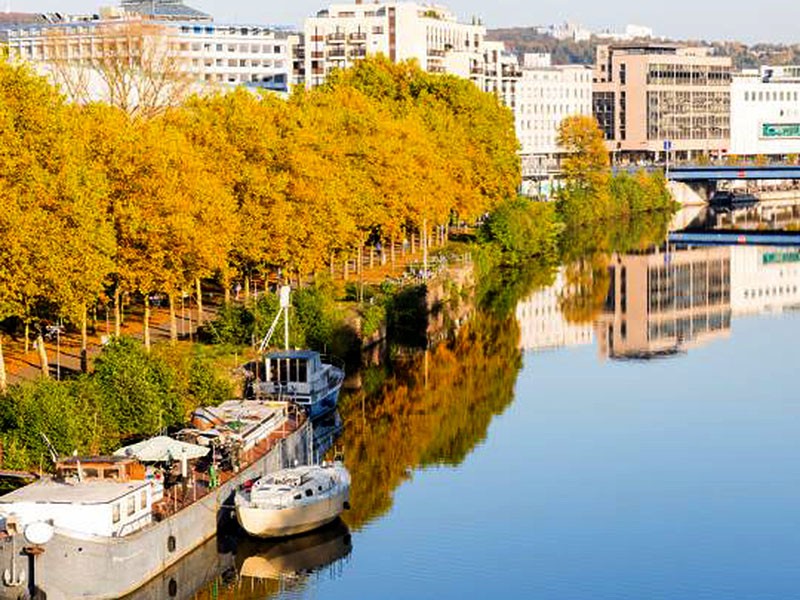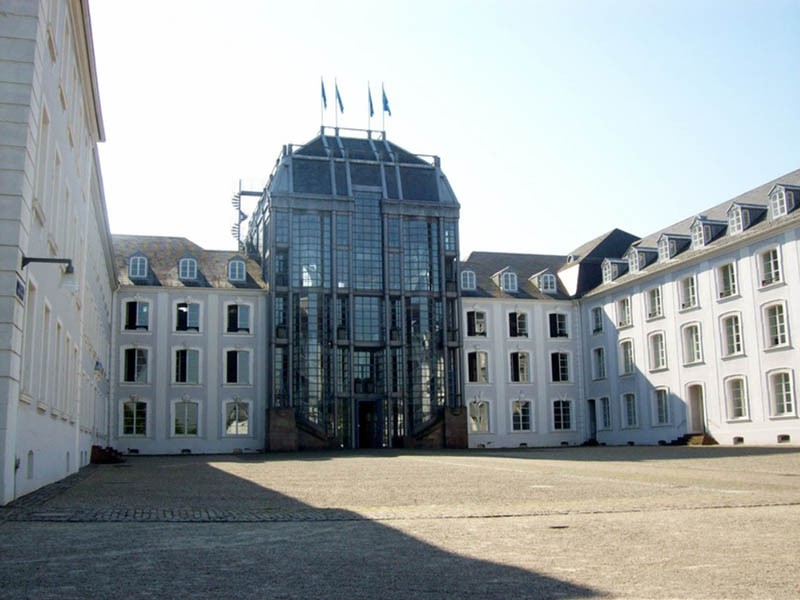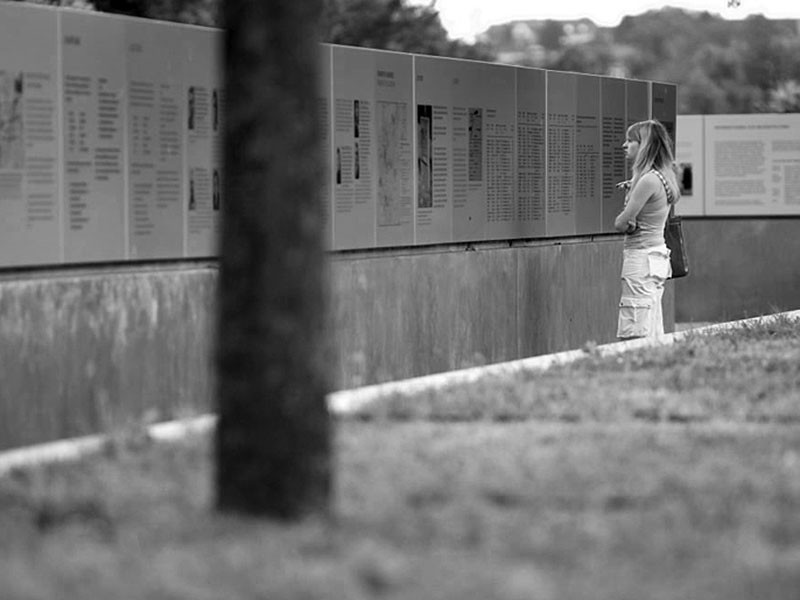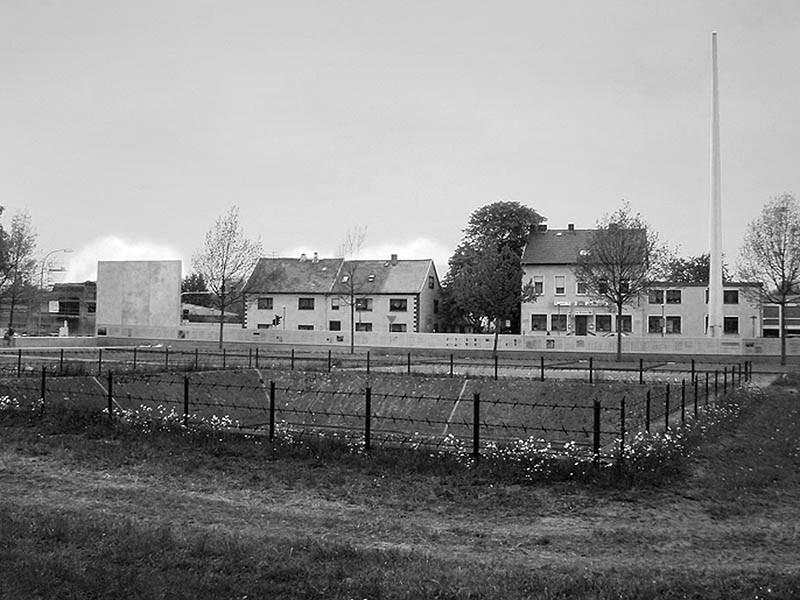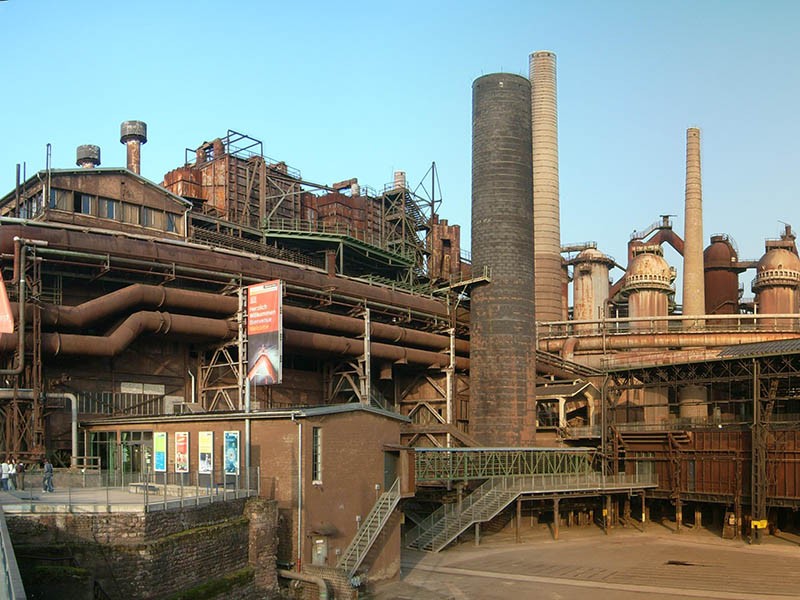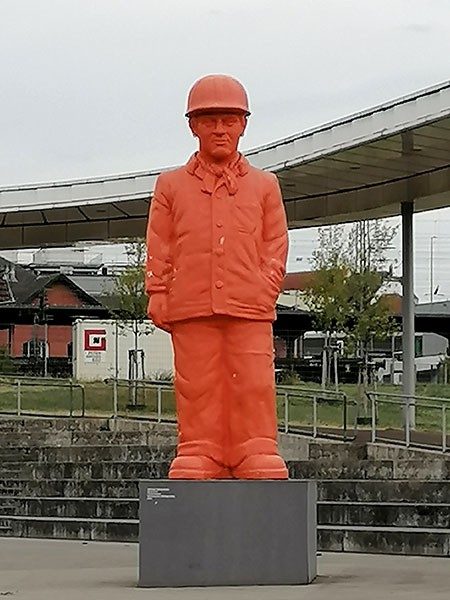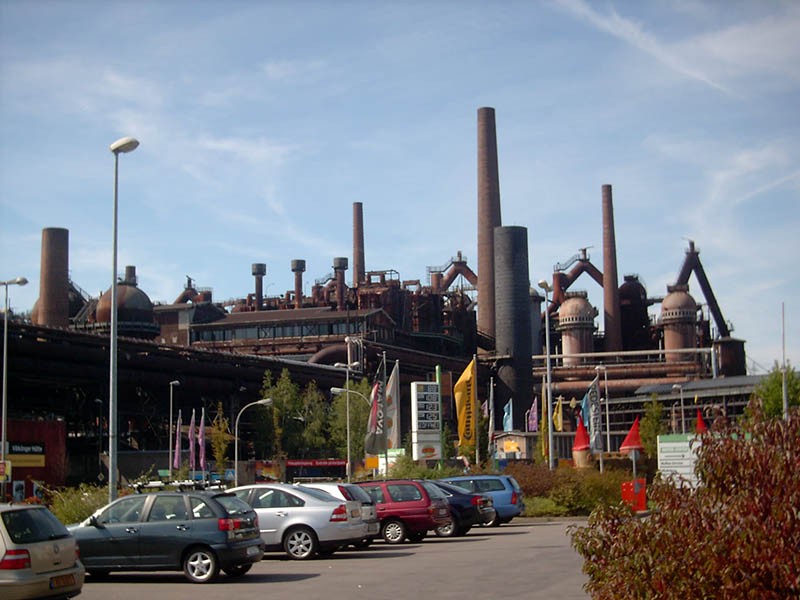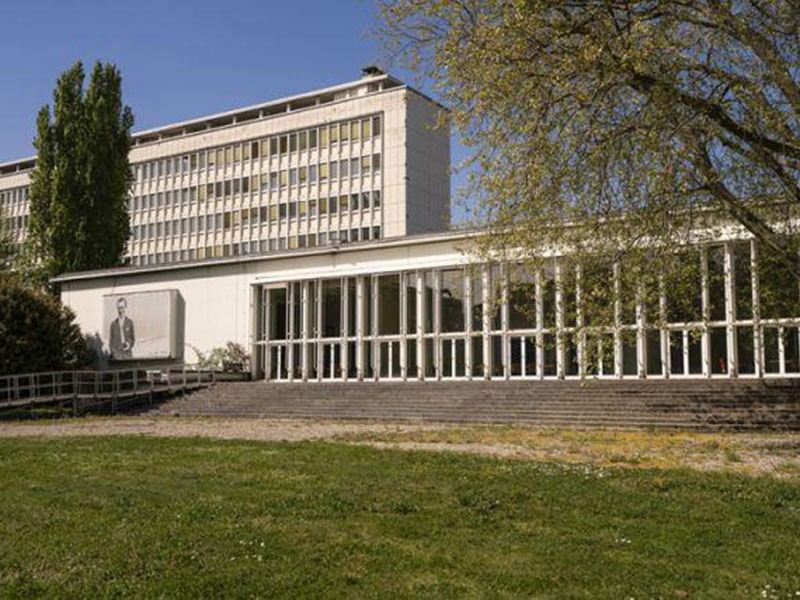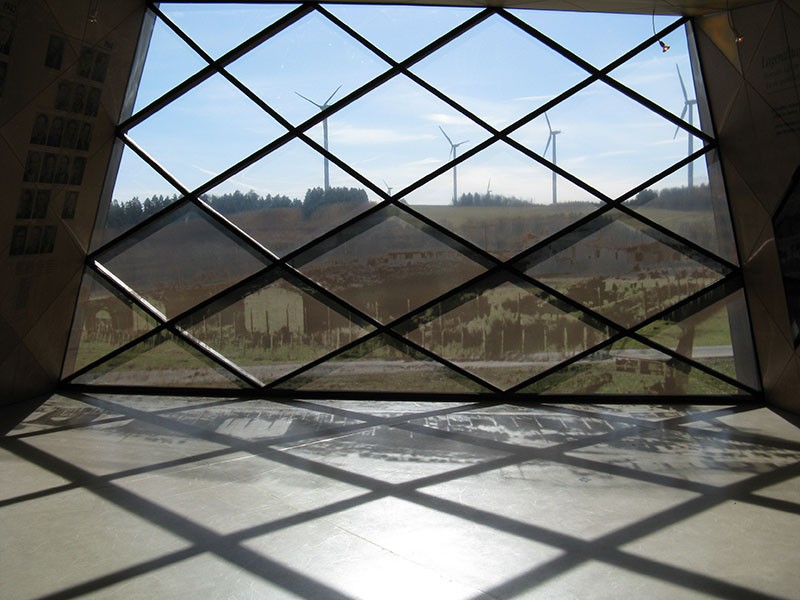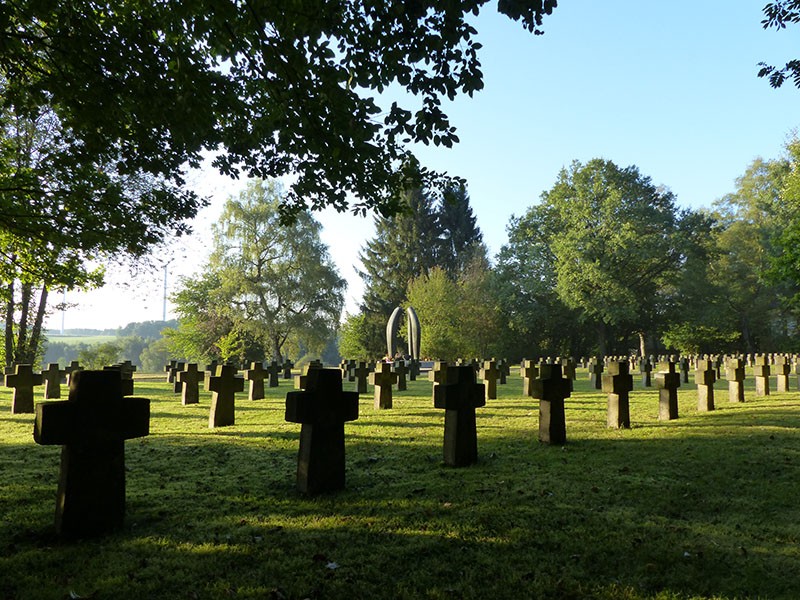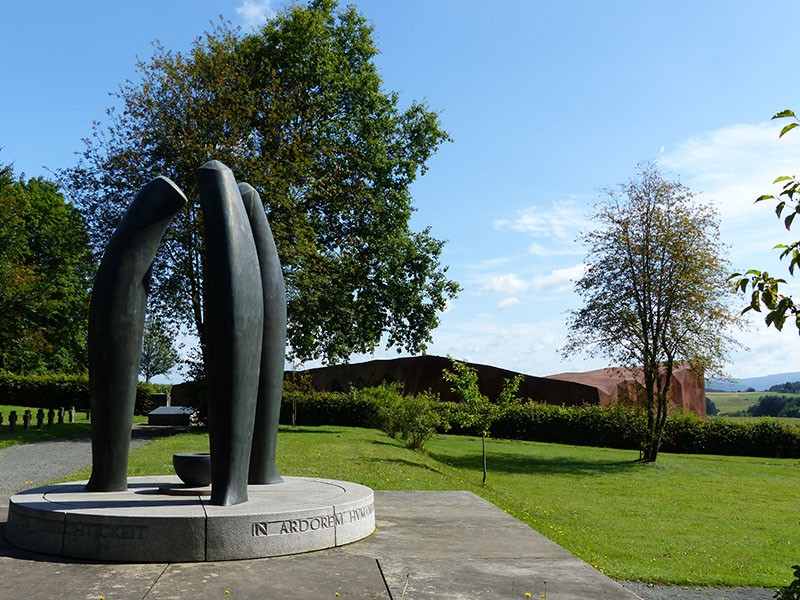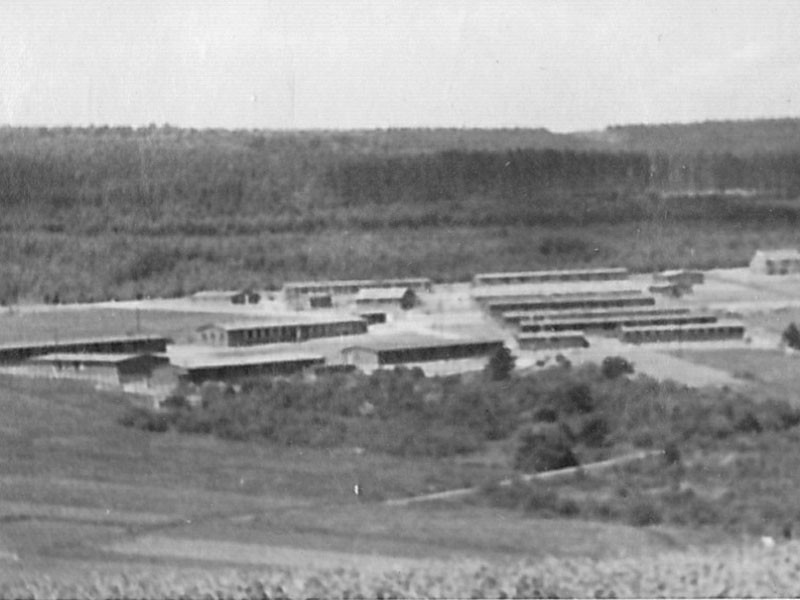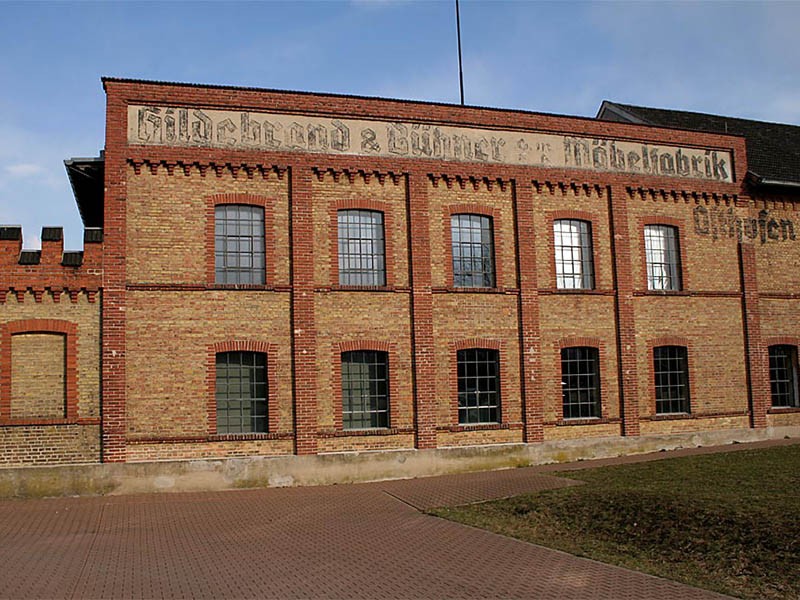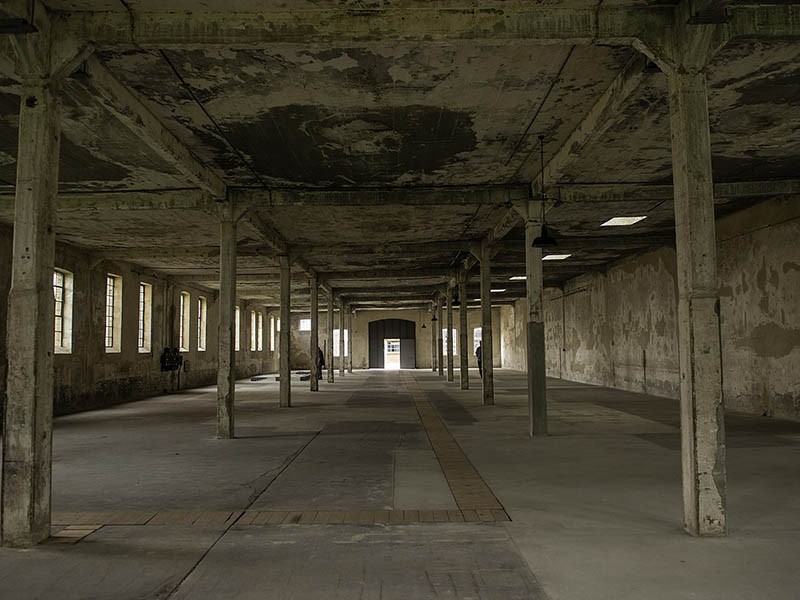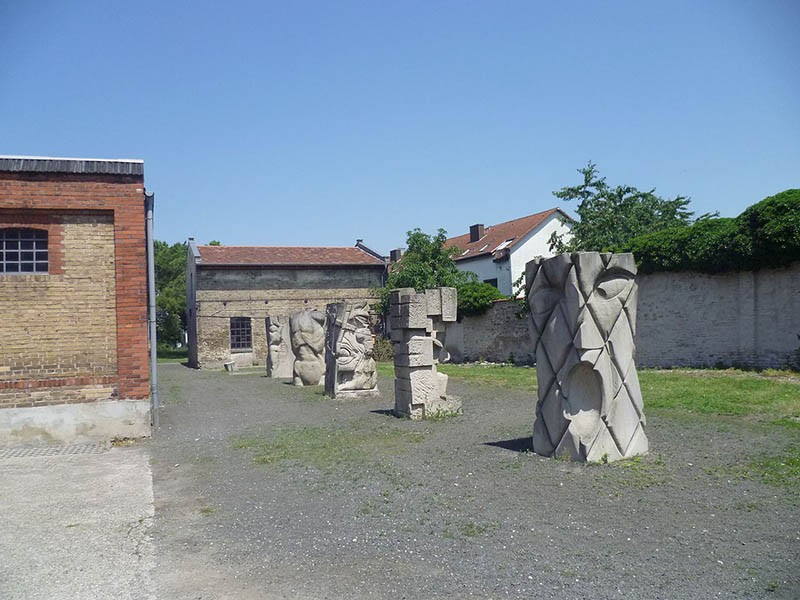The heart of Europe region experienced an exceptional industrial boom in the nineteenth century, based on coal-mining and steel-making. Along the frontiers between the Netherlands, Belgium, Luxembourg and France, steel-making was the engine of economic development of nation-states that were re-defining themselves. The Rivers Rhine, Meuse, Saar and Moselle served simultaneously as means of transport, links and frontiers in an area whose melting-pot of cultures rewrote history every quarter-century.
Germany
Germany, which, up to then, had been split into many small states, became a unified and solidified nation-state after the Franco-Prussian War of 1870-1871. The next war was the result of an arms race and wouldn’t take long to start… From 1914 to 1918 the armies clashed, and the German Empire was defeated. The Weimar Republic was set up, but proved too weak to resist the Nazi reign of terror. After the Allied victory in May 1945, the German Federal Republic rebuilt itself and became a central pillar of the European Coal and Steel Community and then the fledgling European Union.
The Saarland, was an economic pawn pulled one way, then the other, between France and Germany throughout the twentieth century. Some of its inhabitants changed nationality five times in less than 100 years! In 1918, the Saarland was given special status under the protection of the League of Nations. Then, in 1935 its inhabitants voted in a referendum to become part of Nazi Germany. After the end of the Second World War, the Saarland’s inhabitants rejected the special European status agreed in the peace treaty between France and Germany and voted in a referendum held in 1955 to become a state in the German Federal Republic.
This rich and changing history, of resistance and collaboration, is visible at the remembrance sites at Saarbrücken, for example: the castle, the Historical Museum, the Brême d’or or the Völklingen steelworks. The Völklinger Hütte is a gigantic industrial complex dating back to the golden age of steel-making, and is now a UNESCO World Heritage Site. The former French Embassy to the Saarland, designed by Georges-Henri Pingusson in the early 1950s, even inspires thoughts of how Saarbrücken could have been a symbolic capital of Europe.
The neighbouring federal state of Rhineland-Palatinate, which has a history just as complex as that of the Saarland, co-operates with the Land of Memory project by including its remembrance sites at Hinzert and Osthofen, which bear witness to Nazi barbarism and the resistance it provoked.
